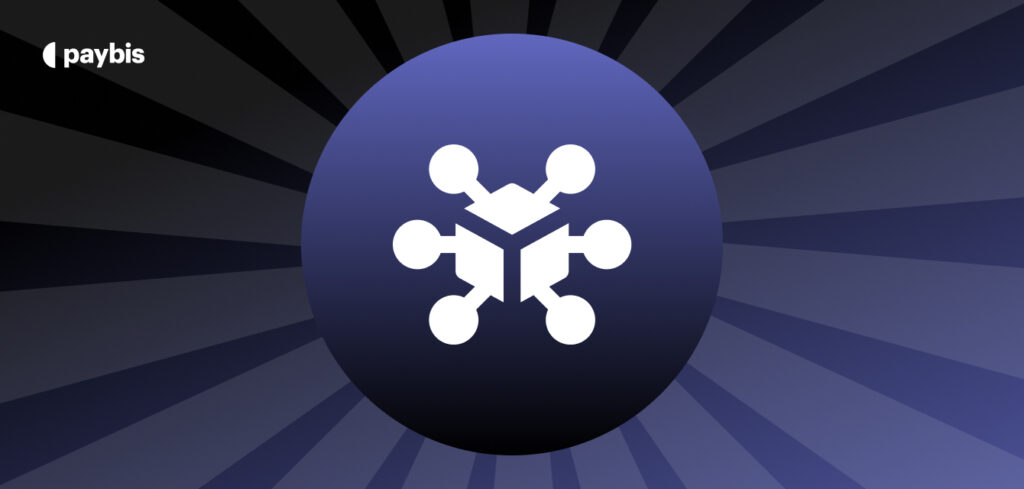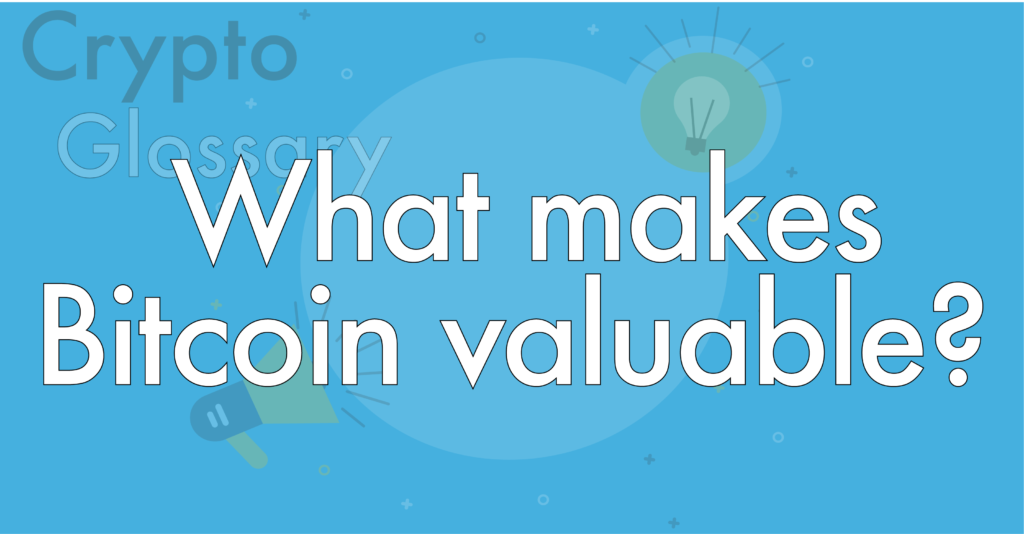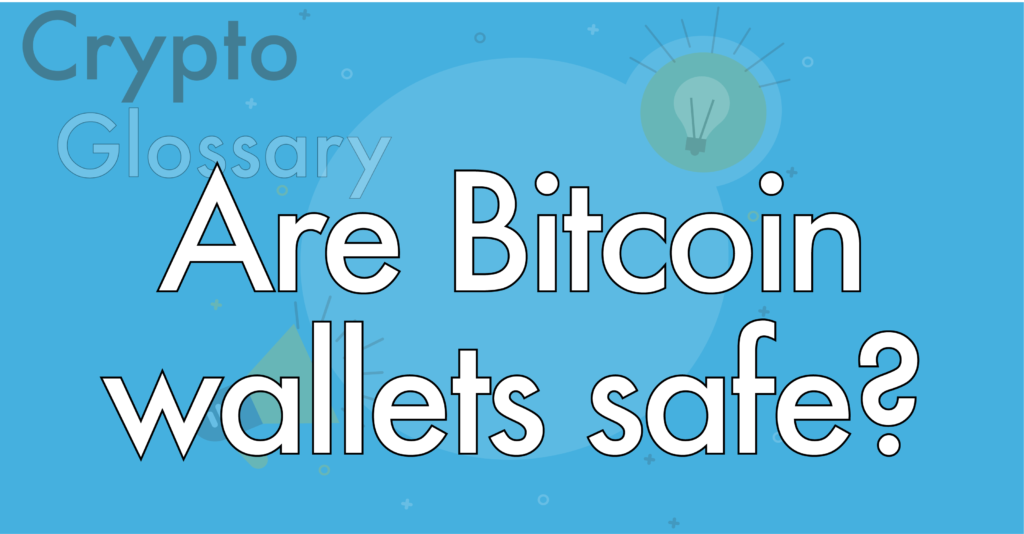Block
A block is a container of blockchain data, typically holding a batch of transactions, a timestamp, and a cryptographic link to the previous block. Together, blocks form the blockchain, a secure, chronological ledger.
What Is a Block in Blockchain?
A block is a fundamental unit of storage in a blockchain network. It groups together verified transactions and other essential metadata like the block header and a reference to the previous block via its hash.
Each new block is added to the chain in a linear, chronological order, creating an unalterable history of transactions. For example, in Bitcoin, a block may contain several thousand transactions, a timestamp, a nonce, and the Merkle root that summarizes all included transactions.
By linking blocks cryptographically, the blockchain ensures that altering any past data would require recalculating all subsequent blocks, making the ledger tamper-resistant.
The Origins and Purpose of the Block Structure
The concept of the block was introduced with Bitcoin’s launch in 2009 as a way to bundle transactions for efficient verification and distribution across the network. This structure allows thousands of nodes to maintain a consistent and secure copy of the ledger without relying on a central authority.
In proof-of-work systems like Bitcoin, miners compete to solve a cryptographic puzzle to create the next block, a process known as mining. The first valid block solution earns the miner a block reward, which incentivizes network security. Other blockchains, like Ethereum (post-Merge), use proof-of-stake to validate and append blocks.
How Blocks Are Used in Practice
Blocks are central to transaction validation, network consensus, and blockchain scalability. Blocks are responsible for:
- Aggregate transactions into verifiable batches.
- Maintain chronological order via timestamps and hashes.
- Secure the ledger by linking each block to its predecessor.
Some blockchains adjust block size or block time to optimize throughput. For example, Bitcoin has a ~10-minute block time, while Solana targets just a few seconds.
Advanced use cases include “block explorers” for transparency, monitoring pending transactions in mempools, and analyzing on-chain activity by block height.
FAQ
How big is a block?
In Bitcoin, a block is limited to about 1 MB, which allows roughly 2,000–3,000 transactions. Other blockchains may have much larger or smaller limits depending on their design.
What is block height?
Block height refers to the number of blocks preceding a specific block in the chain. For example, the genesis block has a height of 0, and the next block has a height of 1.
Can a block be changed after it’s mined?
In most blockchains, changing a block would require re-mining that block and all subsequent blocks, which is computationally infeasible for large networks.
Do all blockchains use blocks?
Most do, but not all. Some distributed ledgers, like IOTA’s Tangle, use a directed acyclic graph (DAG) structure instead of traditional blocks.
Disclaimer: Don’t invest unless you’re prepared to lose all the money you invest. This is a high‑risk investment and you should not expect to be protected if something goes wrong. Take 2 mins to learn more at: https://go.payb.is/FCA-Info


